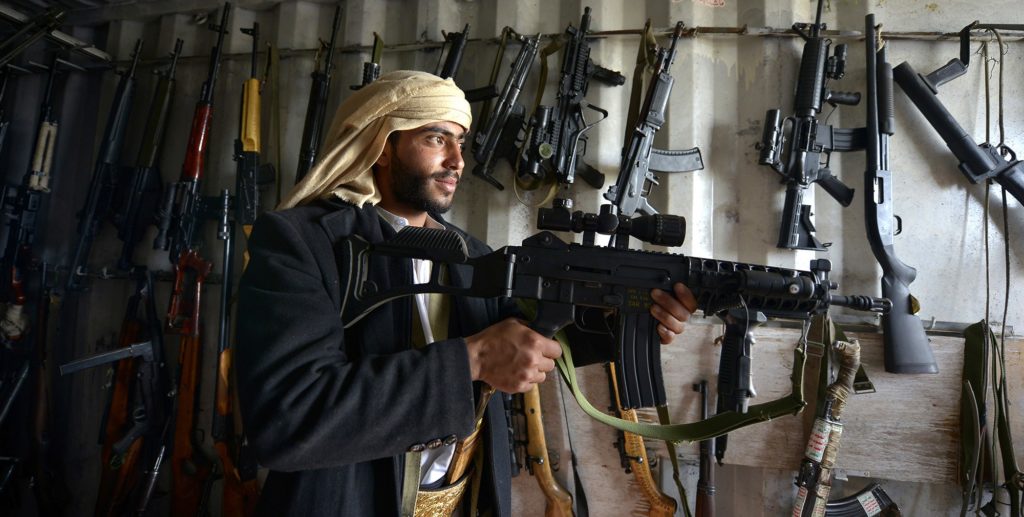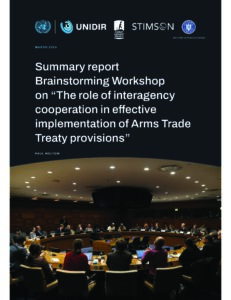In the short time since President Biden took office, arms sales to the Middle East have been increasingly under scrutiny and debate. U.S. support to Saudi Arabia and the United Arab Emirates, in particular, has dominated conversations about the consequences of U.S. arms sales to the region, due to their central role in the Saudi-led campaign in Yemen. Biden’s recent announcement that the United States was “ending all American support for offensive operations in the war in Yemen, including relevant arm sales” brought further attention to the devastating impact arms exports can have on civilians,[i] and renewed questions about the role and responsibility of the United States and other arms exporters in reducing risk and mitigating harm wrought by arms sales to the region.
This article considers the opportunities and challenges that exist to better regulate the flow of conventional weapons in the Middle East and Horn of Africa. More specifically, it examines the international mechanisms and regulatory architecture that exist to regulate the conventional arms trade, considers the extent to which these can be applied to regulate weapons flows in the region, and offers recommendations for increasing participation and supporting implementation of these instruments and other strategies to combat the unregulated trade in conventional arms, in a region already awash with weapons.
The Middle East and Horn of Africa are key players in the global arms trade. The region is home to just over 10 percent of the world’s 193 UN member states,[ii] but arms imports to the Middle East and Horn of Africa constituted 35 percent of global arms imports by volume between 2015 and 2019, according to the Stockholm International Peace Research Institute (SIPRI).[iii] During this same period, five of the world’s top ten arms-importing countries – Saudi Arabia, Egypt, the United Arab Emirates, Iraq, and Qatar – were in the Middle East.[iv] The United States is, and has long been, the region’s leading arms supplier. Between 2015 and 2019 the United States authorized $65.85 billion in arms sales to the Middle East and Horn of Africa[v] and supplied 53 percent of all arms transfers by volume to the Middle East in particular.[vi] Other leading exporters during this period were France and Russia, accounting for 12 and 11 percent of arms transfers by volume to the Middle East, respectively.[vii]
Read the full article in the Manara Magazine.




